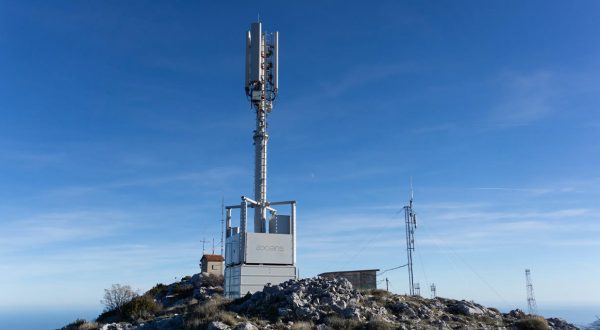Facilitating more seamless, secure and reliable communication in hospitals
Reading time: 4 min
Hospitals and healthcare facilities in general use Private Mobile Networks (PMN) to facilitate communication between professionals and ensure greater security for enhanced patient care.
![]()
The Covid-19 pandemic has highlighted the importance of efficient healthcare systems. Cyberattacks on establishments in France and elsewhere in Europe exposed weak spots in IT systems, many of which were old and obsolete. Private Mobile Networks (PMN) can enhance and ensure greater security for communication within hospitals.
“Hospitals are evolving at a rapid pace. They need greater flexibility.”
“There are different PMN solutions possible like, analogue radio networks, digital mobile radio (DMR) and Terrestrial Trunked Radio (TETRA) technology, which is primarily used by police forces and other public safety agencies. They are mainly used for voice communication. Data is transferred via Long-Term Evolution (4G/LTE) networks or 5G,” said Otto van den Wijngaard, Manager Business Development & Innovation at Axians NL.
These networks are capable of transferring all types of voice, text, image and video data including mission and critical applications, such as sensoring & Push-to-Talk (PTT) ,” added Otto van den Wijngaard.
Keeping systems for professionals and visitors separate
Push-to-Talk is a method of having conversations over a data network like mobile operators, private mobile network or Wifi Caregivers can also create separate user groups specifically for doctors, nurses, nursing assistants, etc.
“One of our clients uses a private LTE (4G) network to keep professional communication separate from hospital visitors. Visitors are directed to the Wi-Fi network and professionals to the private LTE network to ensure none of the data mixes,” explained the Manager Business Development & Innovation at Axians NL.
Doctors and other caregivers who use the LTE network have their own SIM card in their smartphone or tablet, which is what controls who uses the network and keeps the data streams separate to prevent data breaches. Furthermore, the LTE network guarantees 99.99% availability, which means the likelihood of downtime is practically nil – quite a contrast to networks managed by telecom operators, which are regularly affected by incidents and downtime. “It guarantees the connection and availability these establishments need, particularly during operations,” said Otto van den Wijngaard.
Waiting on 5G
To top it all off, these private networks are standalone systems, which means they are better secured for viruses or malware – threats that can cost healthcare establishments financially and put people’s lives at risk.
The auction for 5G frequencies in the Netherlands is due to take place this year. This technology should further enhance the services provided by PMN. “Hospitals are evolving at a rapid pace. They need greater flexibility when it comes to making changes such as moving medical equipment between rooms or quickly opening up emergency care facilities. Cable-free, high-speed 5G networks can accelerate and facilitate these changes,” said Otto van den Wijngaard.
This is particularly true considering these networks are more secure than those that interfered with medical equipment 10 years ago. The Business Development & Innovation Manager at Axians NL concluded by saying that “once 5G coverage is available, these networks will be able to connect to apps – including artificial intelligence-based ones – in real time, which will require a reliable, stable connection that offers very low latency times and high speeds.”
14/04/2022

